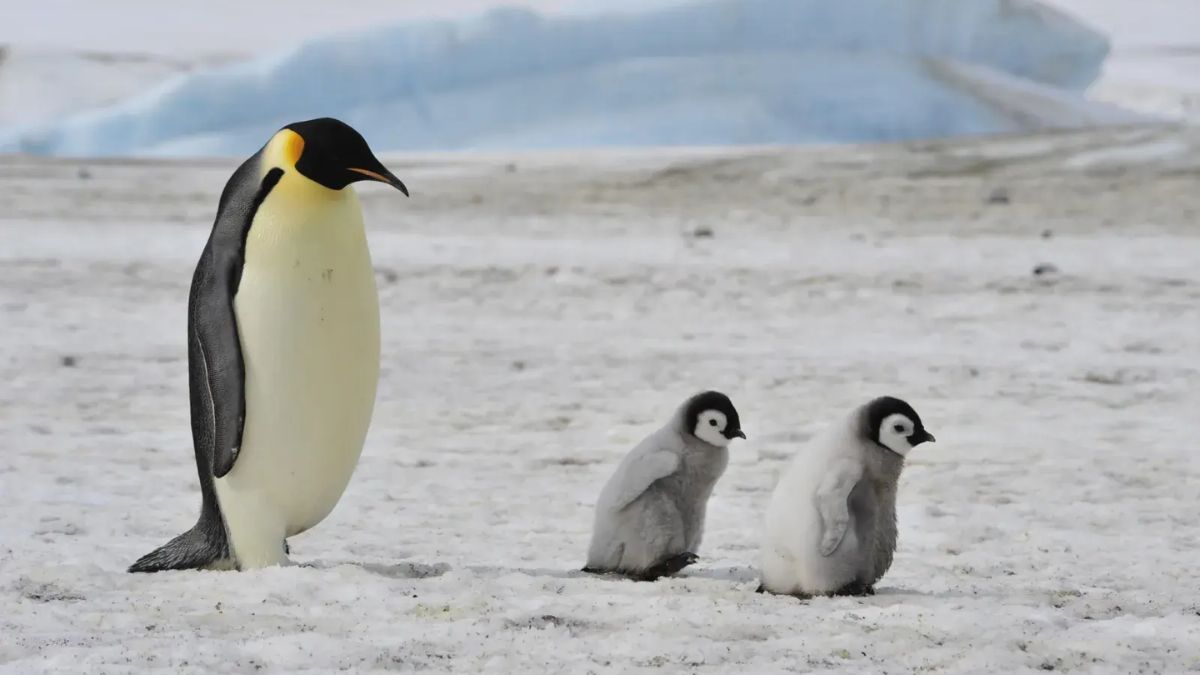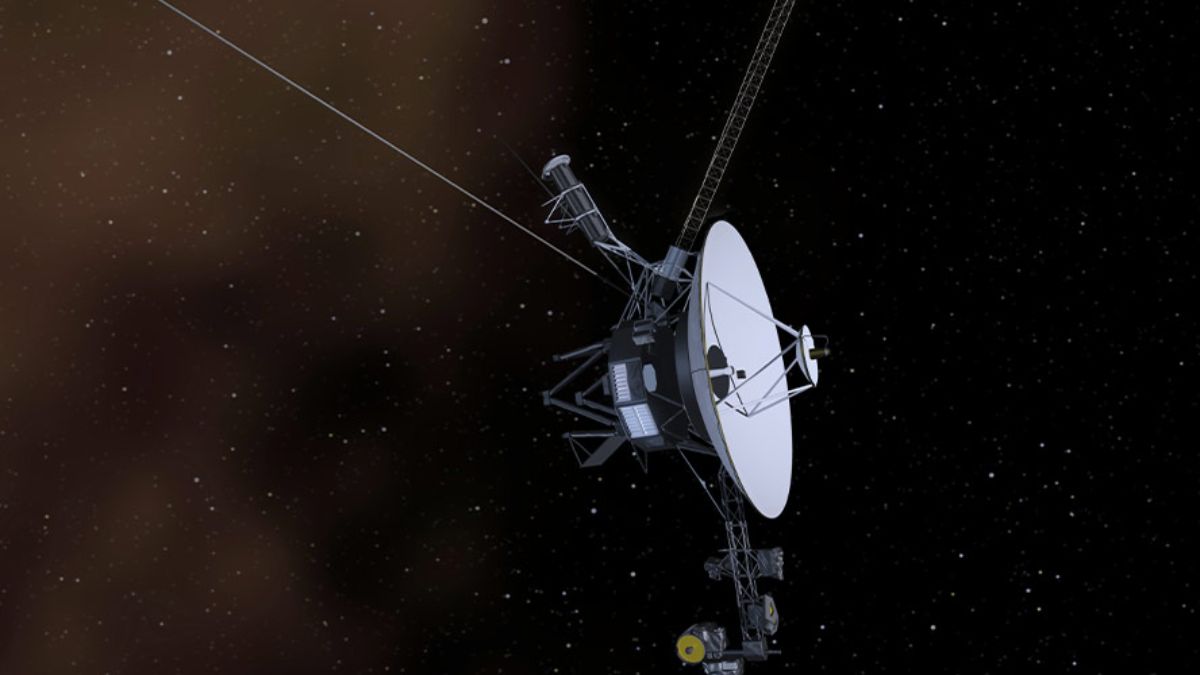The emperor penguin — with its snow-white chest, tiny steps, and black-and-yellow crown — has long been a symbol of Antarctica’s icy beauty. But behind the charm lies a growing crisis. These incredible creatures are facing an alarming threat, and the very home that shaped them — the Antarctic sea ice — is melting fast.
Table of Contents
Scientists are sounding the alarm, warning that if we don’t act soon, emperor penguins could become a distant memory, like dinosaurs in textbooks. Let’s look into why their survival is in danger, what climate change has to do with it, and how we can all help — even from thousands of miles away.
Decline
Researchers from the British Antarctic Survey (BAS) studied over 2.8 million square kilometers of Antarctic terrain and found that nearly a third of the global emperor penguin population lives in this area. The problem? Their numbers are shrinking by about 1.6% every year.
At this pace, if climate conditions don’t improve, emperor penguins could disappear completely by the end of this century — by 2100. That’s a timeline no one expected to see so soon.
Meltdown
Sea ice is more than a frozen surface — it’s where emperor penguins live, breed, and raise their young. They need a solid ice platform for at least eight months each year. But warmer temperatures are causing that ice to melt too early in the season.
That leaves baby chicks, still covered in soft down feathers, exposed to icy waters before they’re ready to swim. And many don’t survive.
Other threats
The melting ice also brings more intense storms and shifts in weather, like rain falling during what should be the dry season. Rain and wet snow can soak chicks, freezing them in place. At the same time, predators such as leopard seals are appearing in areas they previously avoided because the ice kept them out.
And it doesn’t stop there. With changing water temperatures, fish and krill — the main food source for penguins — are also moving. So, not only are penguins losing their homes, they’re also going hungry.
Satellites
Counting penguins in such a remote, icy place seems impossible. But technology has come to the rescue. Scientists now use high-resolution satellite images to track penguin colonies. By analyzing the dark spots against the white snow, they can estimate population sizes with surprising accuracy — and without disturbing the birds.
Sadly, what they’re seeing isn’t good: penguin numbers are dropping.
What changed?
Ten years ago, climate models predicted moderate warming. But real-world data now shows we’re following the worst-case scenario. The ice is vanishing faster than expected, and if emissions aren’t drastically cut soon, penguin colonies could shrink by 50% by 2050.
That’s not just about numbers — it’s about losing the genetic diversity of the species. Once gone, it can’t be recovered.
Signal
The emperor penguin is more than just an adorable bird. It’s a thermometer for Earth’s health. Its decline is a warning sign that the planet’s climate system is out of balance.
The Southern Ocean, where these penguins live, plays a major role in regulating ocean currents and global weather patterns. As ice melts, those currents shift, and extreme weather events — like hurricanes and droughts — can become more frequent and severe.
Action
Here’s the good news: we still have a chance to turn things around. The key is urgency. To protect emperor penguins, we need to:
- Limit global warming to below 1.5°C, as set by the Paris Agreement
- Cut back on fossil fuel use to reduce greenhouse gas emissions
- Protect penguin feeding grounds by regulating industrial fishing near colonies
- Support scientific research like that of the British Antarctic Survey to improve real-time data and response
It’s not just about saving one species. It’s about saving a critical part of our planet’s climate system. And yes, even from home, we can play a role — from reducing our carbon footprint to supporting organizations that protect wildlife and advocate for climate action.
The question is: will we act fast enough?
FAQs
Why are emperor penguins at risk?
Melting sea ice is destroying their breeding grounds.
How fast are penguin numbers declining?
About 1.6% per year in some regions, risking extinction by 2100.
Why is sea ice important to penguins?
They use it to breed, protect chicks, and access food.
How are penguins counted from space?
Satellites detect their colonies through high-res images.
What can be done to save them?
Cut emissions, protect habitats, and support climate policies.

















